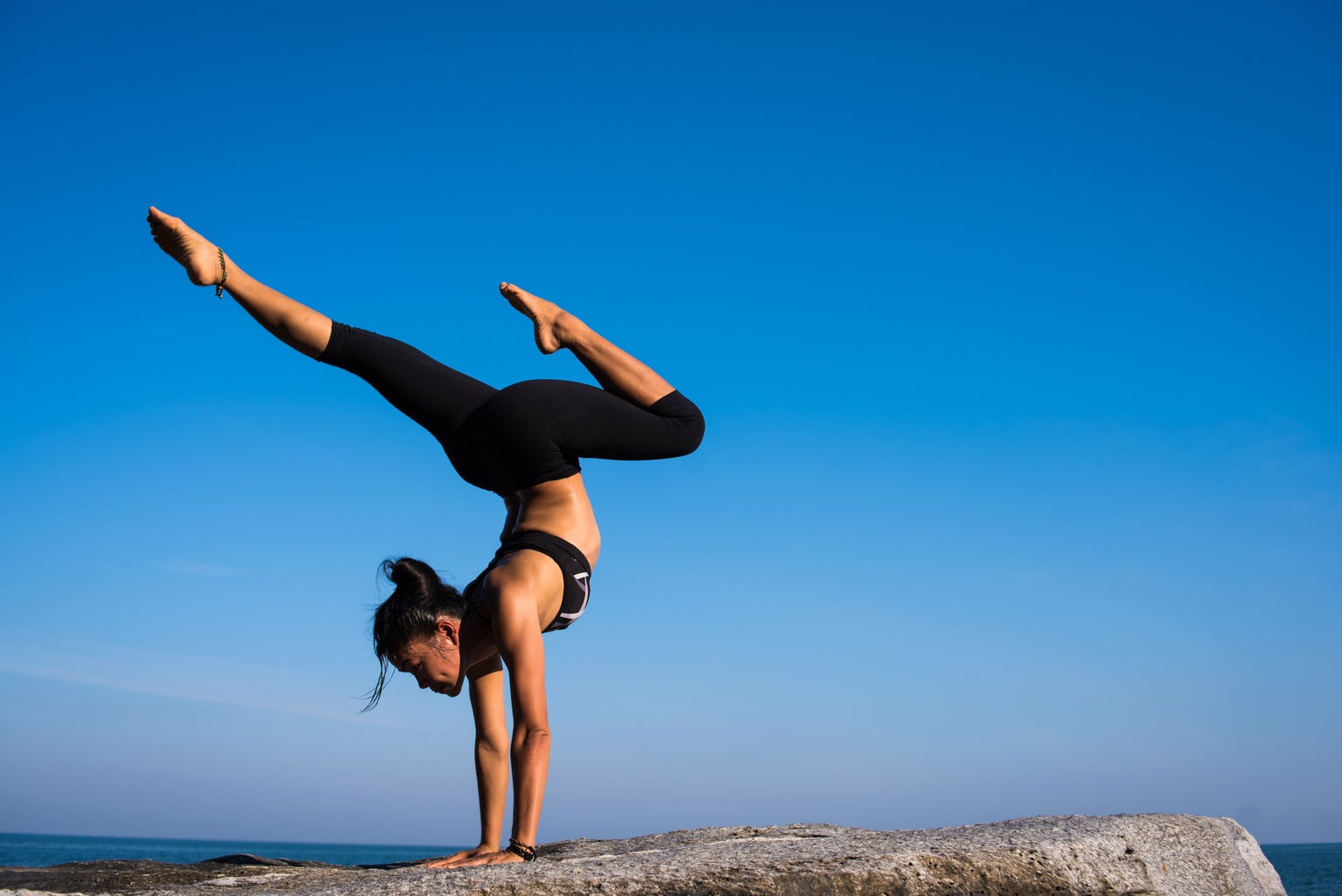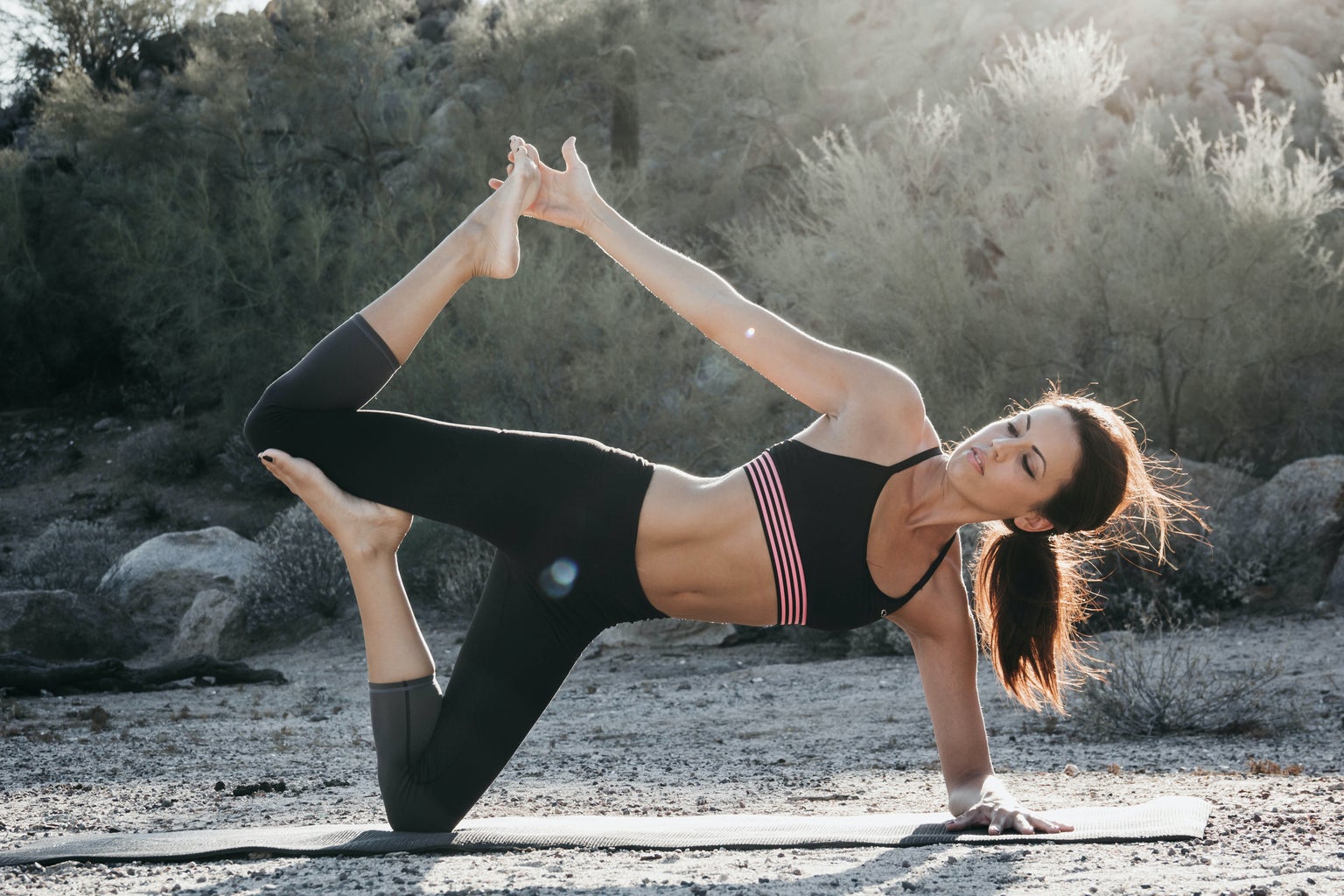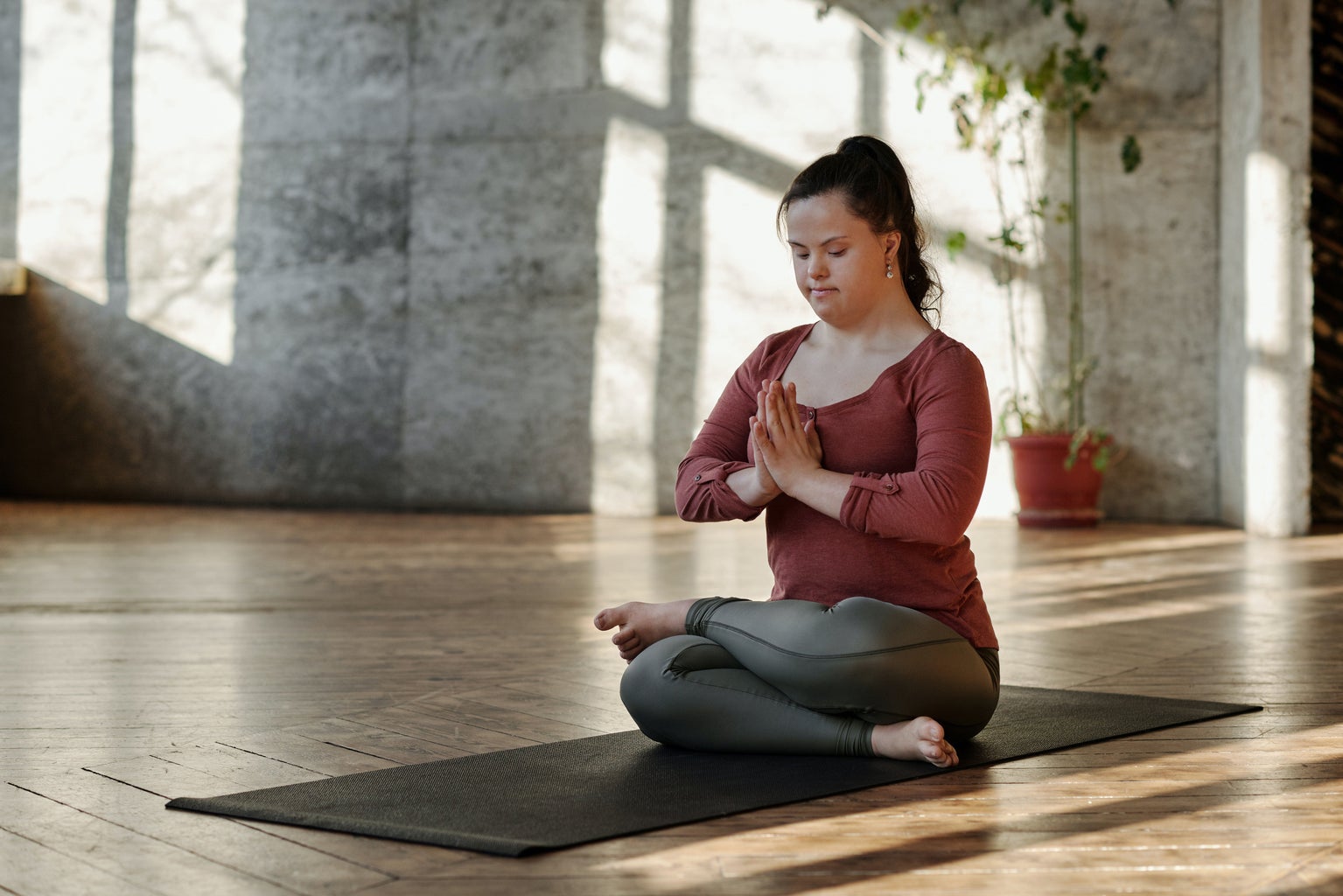Especially during the pandemic, it is very important to take some time to relax and take care of your mental health. Yoga can be beneficial in many ways. It combines movements, postures, stretches, breathing and meditating. Its practice can be a way of harmonizing your inner energy, leaving you more at peace. Get know more about its benefits!
A little bit of history
Yoga is an ancient philosophy from the hindu culture, very popular in India. It’s believed that it was created by Patanjali, around 300 and 200 b.C. There’s a legend that Patanjali was a wise creature, half man and half serpent, who wrote the Yoga Sutra, containing instructions about its practice and philosophy. According to this document, the practice is composed by the “8 steps of Patanjali”.
Yoga uses different techniques to achieve a bigger balance and conscience of yourself. It has many different variations, the most common one is the Hatha Yoga, a system of postures that purifies and prepares the body for meditation, providing conscience and control of your inner states. It stimulates the physical, emotional and energetical elements of each person, taking them into a path of self-knowledge and self-acceptance. These techniques aim to balance and coordinate the organs, muscles, nerves and glands, harmonizing the body, mind and soul. This is why yoga means union.

Yoga as a way of life
Opposed to what many might think, yoga is more than just an exercise, it’s a lifestyle. According to Patanjali, the first step, called yama, refers to restrictions you must follow to adopt yoga as a philosophy of life. There are five conducts: non-violence, be truthful, don’t steal, live with moderation and consume responsibly and conscientiously. The second step, called nyama, is also related to behaviors. There are five attitudes that you must promote towards yourself: physical and mental purification, contentment, discipline, self-observation and self-delivery.
Moving and stretching
The actual exercise part is only the third step of yoga, according to Patanjali. The postures are called asanas and they allow a better flow of vital energy to put the mind and body into balance. The main goal of the practice is to bring you health, lightness and discipline. When doing the postures, you must always feel stable and comfortable. Most of the asanas are inspired by animals and elements of nature.
Stretching and moving brings many benefits. It helps a lot with flexibility issues, relieving tensions, preventing lesions and muscle pain. Also, exercising activates the blood circulation, improves your posture and increases your body awareness. Most importantly, it is relaxing, which helps with stress relief.

Breathing and meditating
Another very important part of yoga is breathing exercises, called pranayama, the fourth step of Patanjali. Pranayama consists of controlling the process of inhaling and exhaling. Through your breathing, you can control the vital energy flow, which strengthens the respiratory system, calms the nervous system and promotes concentration.
The last four steps are focused on meditating. The fifth one, pratyahara, is all about abstracting the external influences and focusing on yourself, not letting get distracted by sounds, smells or other sensory stimuli. That leads to the next step, dharana, concentrating in a single point of attention. One very common way to practice the dharana is by repeating a mantra on your head.
Dharana leads you to the seventh step: dhyana, the actual meditation state. Meditating is a way of slowing down your flow of thoughts. It is a path to the eighth and final step of yoga: samadhi. This is the main goal of yoga: a complete meditation state, achieved when you recognize your connection with the universe.
Harmonizing Chakras
Chakras manage your physical, energetic and spiritual stability. There are seven main chakras and each one of them is connected to a color, element, emotion, sense and body gland. The root chakra is all about courage and stability; the sacral chakra is focused on pleasure and creative energy; the navel chakra is linked to self esteem and transformation; the heart chakra is about empathy and your ability to love unconditionally; the throat chakra focus on integrity and expression; the third eye chakra is linked to your intuition and, last but not least, the crown chakra is about connecting to a more expanded vision of yourself.
When the chakras are not balanced, they can bring out negative behaviors, such as insecurity, jealousy, anger, ignorance, fear and alienation. There are many different ways to harmonize chakras, the frequent yoga practice is a great way to keep them in balance. The postures and movements make sure that the energy flows in all directions of your body, which releases energetic locks.

Yoga can be useful to you in many ways, to both your body and mind. The best part is that it has many variations, so you don’t need to be flexible or manage to achieve a meditation state on your first try. It’s truly all about self care and, the more you get to know this philosophy, the more passionate you become about it.
——————————————————————
The article above was edited by Gabriela Girardi.
Liked this type of content? Check out Her Campus Cásper Líbero home page for more!

